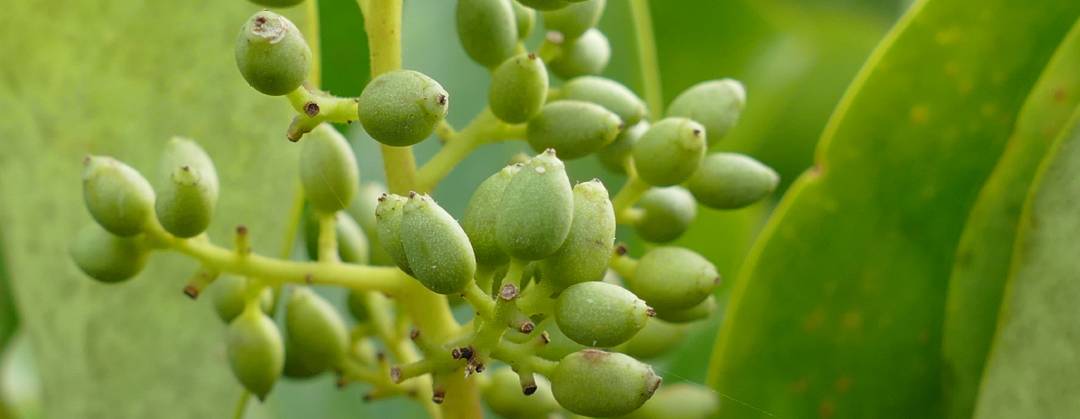Akapuka, akakopuka.
Griselinia lucida Shining broadleaf | Puka

This guide is based on a literature review. It compiles information from various sources. Different sources may offer varying advice and findings.
Good germination and seed viability. Uncertainty around long-term storage.
Easy.
Seeds stored in moist conditions were overcome by fungi and bacteria, while seeds dried for 4 months do not survive.(2)
8 days to first germination.(2)
100% of seeds are viable.(2)
Germination rate of 100%.(2)
Seed needs frequent watering to establish.(2)
Larvae of fruitworm moth (Heterocrossa gonosemana).(2)
Seed storage and vegetative propagation needs further investigation.
Information about the native seed profiles
All species names are in the following order: scientific name, common name, and Māori name. Names may vary by region. We have tried to use the most common names across New Zealand.
We have sourced photos from different websites and creators. We have used the images under different licences. These include Public Domain and Creative Commons licenses. For Griselinia lucida, the image details are:
- Photo by © cbeem – some rights reserved (CC-BY-NC)
- Original image
The basis for each seed profile is a literature review carried out by Scion. Te Uru Rākau – New Zealand Forest Service commissioned and worked on the review to produce a native seed catalogue. The full seed catalogue is on the Ministry for Primary Industries (MPI) website.
Bryan, C L; Clarkson, B D; Clearwater, M J (2011) Biological flora of New Zealand 12: Griselinia lucida, puka, akapuka, akakopuka, shining broadleaf. New Zealand Journal of Botany 49(4), 461–479.
Burrows, C J (1999) Germination behaviour of seeds of the New Zealand woody species Beilschmiedia tawa, Dysoxylum spectabile, Griselinia lucida, and Weinmannia racemose. New Zealand Journal of Botany 37(1), 95–105.
Burrows, C J (1997) Reproductive ecology of New Zealand forests: 1. Natural seed storage phenomena. New Zealand Natural Sciences 23, 31.